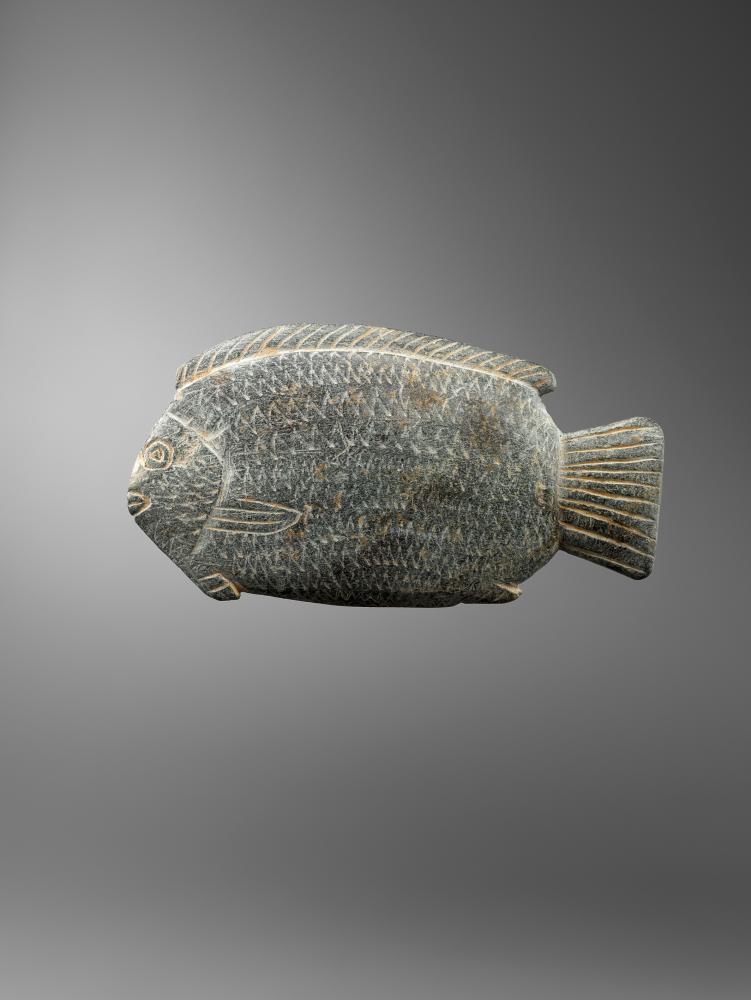
Egyptian Offering Spoon in the Form of a Tilapia Fish
It is a fish-shaped offering spoon of the Nile Tilapia type, which dates back to Ancient Egypt (New Kingdom, 1570 BC- 1070 BC). Because Tilapias are known to carry their fertilized eggs in their mouth until they are ready to hatch, the Egyptians considered them as symbol of rebirth and regeneration. This animal was indeed believed to bring abundance on earth and guarantee a new life after death. The precise function of such spoons is still a source of debate. They are thought to have been used as recipients of precious offerings (ointment, incense?) during a ritual in a funerary context.
Publications
- , Archéologie
- , Animals in the Ancient World. The Levett Bestiary, France
- , Les Animaux dans le Monde Antique. Le Bestiaire Levett, France
Exhibitions
- Musée d'Art Classique de Mougins (MACM), Mougins, France, from June 2011
N.B. Our online collection is being continually updated thanks to ongoing research and documentation efforts carried out by the MACM documentation team. Any additional information is welcome, please contact us.
